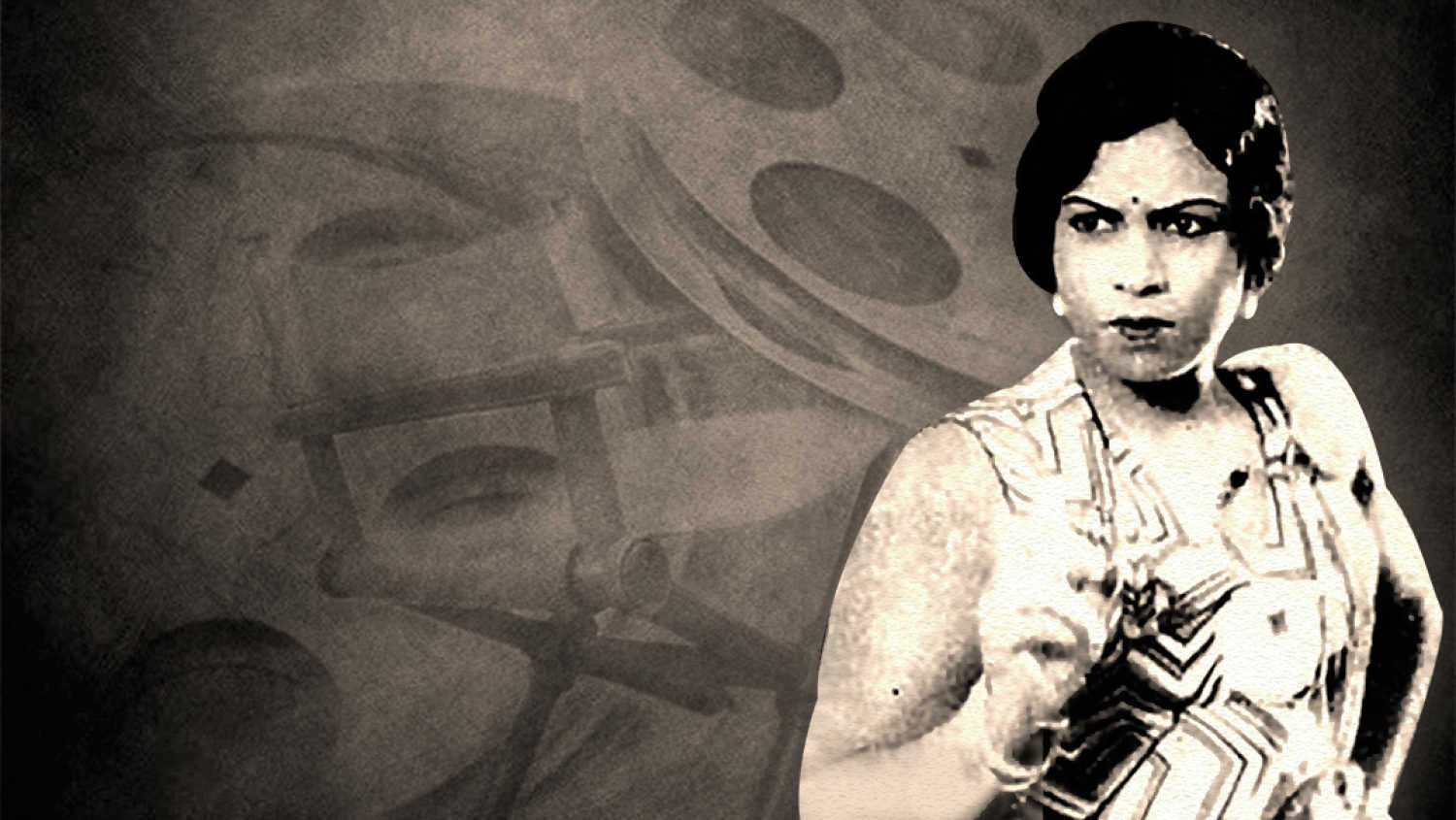Continuing our special series on pioneering women, we look at the contribution of Fatma Begum, the first woman director in Indian cinema, who shattered stereotypes to be both in front of and behind the camera.
Foregrounding women’s sensibilities: Fatma Begum, India's first woman filmmaker
New Delhi - 24 Mar 2020 23:58 IST
Updated : 31 Mar 2020 0:17 IST


Sukhpreet Kahlon
Actress, screenwriter and the first Indian woman to become a film producer and director, Fatma Begum carved a niche for herself in Indian cinema at a time when not many women were accepted even in the acting profession.
Trained to be a performer in the kothas (bordellos) where she was raised, Fatma, like several woman performers of the time, made a transition into cinema from Urdu theatre, where she had made her mark. She was married to the nawab of Sachin and had three daughters, Zubeida, Sultana and Shehzadi, all of whom followed her and became actresses.
When Ardeshir Irani set up Star Films Limited and produced his first movie, Veer Abhimanyu (1922), he cast Fatma, who was a well-known stage actress then, along with her daughter Sultana. This marked Fatma's entry into cinema and she went on to act in several films, Sati Sardaba (1924), Prithvi Vallabh (1924), Kala Nag (1924), Gul-e-Bakavali (1924) and Mumbai Ni Mohini (1925) being some of them.
She launched her production company Fatima Films soon after, in 1926, and wrote and directed Bulbul-e-Paristan (1926), a lavish film set in the land of fairies, Paristan, that featured her daughters Zubeida and Shehzadi. Based on a Persian fable, the big-budget film was the story of a queen who needed to use her magical powers to bring order to her world. The film created a fantasy world mostly featuring women as pari or fairies and used trick photography to create special effects.
Anusuya Kumar, a writer and researcher who has taught at the University of Pittsburgh in the US and the universities of Copenhagen and Århus in Denmark, indicates in her essay in the compilation India and Its Visual Cultures: Community, Class and Gender in a Symbolic Landscape, edited by Uwe Skoda and Birgit Lettmann, that the film triggered a spurt in fantasy films in Hindi cinema.
Anusuya Kumar writes, 'Fatma Begum’s choice of a Persian tale for her film instead of the Hindu mythological material used by her male precursors was remarkable for the way it first opened up rich imaginal fields from India’s multicultural Parsi and Armenian communities and drew them into popular focus on screen.'
She continues, 'Bulbul-E-Paristan began a new genre of fantasy films such as Alladin and the Wonderful Lamp (1931), Afghan Abla (1931) and Alam Ara (1931), all produced by Fatma Begum's colleague and friend, Ardeshir Irani.'
Till then, mythological and devotional films that had dominated the themes in cinema, but by the late 1920s, costume dramas and stunt-and-fantasy films that drew heavily from the Arabian Nights began to gain ground, along with, of course, the socials.
Fatma Films was renamed Victoria-Fatma Films in 1928. In all, Fatma Begum made around nine films between 1926 and 1929. Other than Bulbul-e-Paristan, the other popular films made by her include Goddess Of Love (1927), Heer Ranjah (1928), Nasib Ni Devi (1929) and Shakuntala (1929). Most of these films featured women in the lead roles and explored the sensual and creative aspects of the characters and their world.
Her daughter Zubeida was a silent film star and was cast in the first Indian talkie, Ardeshir Irani's Alam Ara (1931). Her daughter Shehzadi was an accomplished and popular dancer along with her contemporaries Azurie and Cuckoo.
Fatma continued acting till the late 1930s, with her last film possibly being Duniya Kya Kahegi (1937). She died in 1983, aged 91, leaving behind a rich legacy in the film industry. Not only did she open up avenues of filmmaking and production for other women, but also through her choice of themes, she foregrounded the perspective and experiences of women in the films she made.
Related topics
Women's Day



